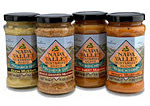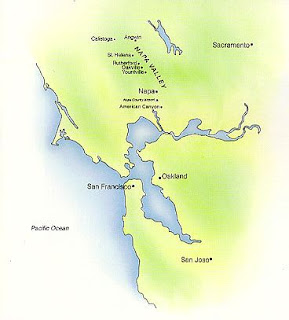TTAB Posts September 2007 Hearing Schedule
The TTAB has scheduled six hearings for the month of September, as listed below. The hearings will be held in the East Wing of the Madison Building. [The hearing schedule and other details regarding attendance may be found at the TTAB website (lower right-hand corner)]. Briefs and other papers for these cases may be found at TTABVUE via the links provided.

September 18, 2007 - 10 AM: University of Southern California v. University of South Carolina, Opposition No. 91125615 [Section 2(d) opposition to registration of a stylized SC mark for clothing, based upon Opposer's prior use and registration of the mark SC for clothing and other goods].

September 18, 2007 - 2 PM: Bose Corp. v. GoldWave, Inc., Opposition No. 91165449 [Section 2(d) opposition to the mark GOLDWAVE for computer software for audio editing, based upon the registered marks WAVE and ACOUSTIC WAVE for radios, audio systems, and other audio devices].
September 19, 2007 - 10 AM: In re KTS Co., Ltd., Serial No. 79009205 [Section 2(d) refusal to register POWER MAGNUM for air-operated hand-held tools, in light of the registered mark MAGNUM for electrically-powered tools].
September 20, 2007 - 2 PM: Pucell Enterprises, Inc. v. Grizzly Industrial, Inc., Opposition No. 91123506 and Cancellations No. 92031984, 92032024, and 92032025 [Consolidated Section 2(d) proceedings involving various GRIZZLY marks for material handling and industrial equipment].
September 25, 2007 - 2 PM: In re Hansen Beverage Co., Serial No. 78529821 [Section 2(d) refusal of JOKER MAD ENERGY for energy drinks excluding fruit juice drinks and fruit juices, in view of the registered mark JOKER for fruit drinks, fruit juices, and other beverages].
September 27, 2007 - 10 AM: TriForest Enterprises, Inc. v. Nalge Nunc Int'l Corp., Opposition No. 91165809 [Opposition to registration of a configuration of a bottle (shown below) on the ground of functionality].

Text Copyright John L. Welch 2007.





































